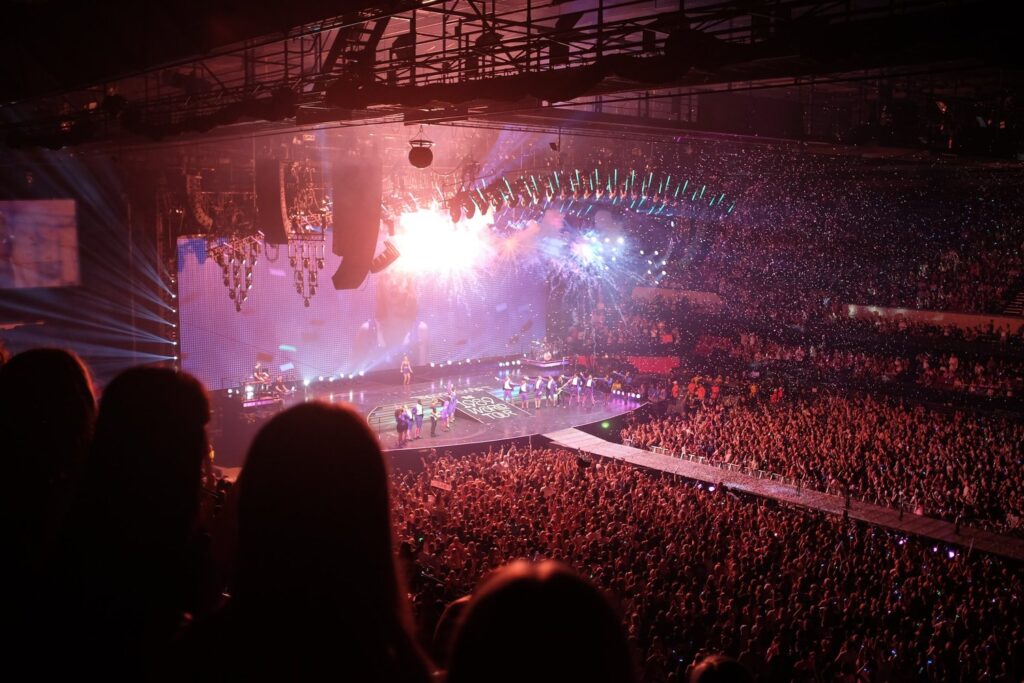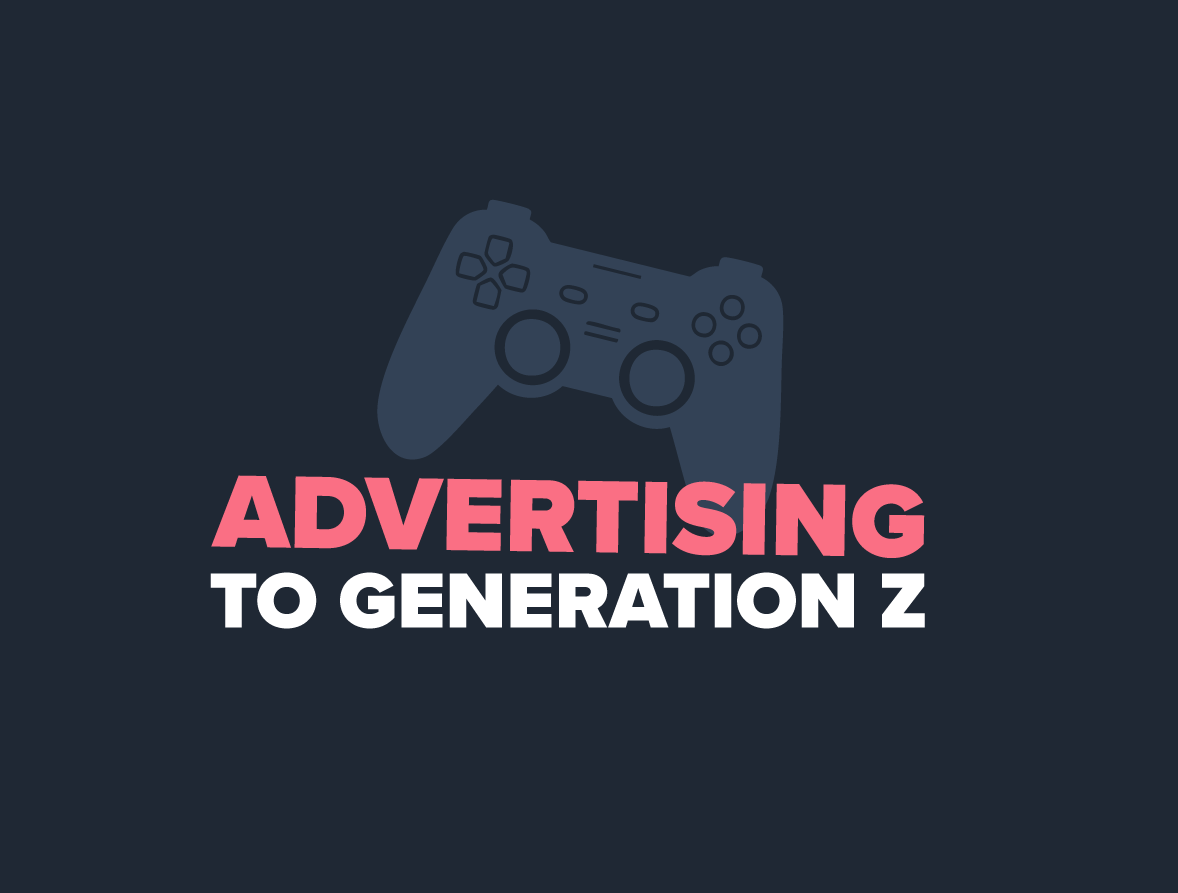
Entertainment was one of the hardest hit industries during the pandemic, but compared to airlines and restaurants, recovery has been slower than expected. Although the live music industry has made a roaring return — as demonstrated by Taylor Swift’s Ticketmaster saga — other entertainment verticals, like Broadway shows, continue to face challenges related to inflation, reduced tourism, and unpredictable audience trends.
For companies struggling to boost live entertainment sales, one effective solution is programmatic advertising, which maximizes ROI by ensuring highly relevant and personalized messaging reaches targeted segments. But before starting, it’s crucial to understand the technologies behind it, such as demand-side-platforms (DSP), a key tool that powers the programmatic advertising process. Here is everything entertainment marketing professionals need to know about DSP.
What is a DSP?
A DSP is an automated ad-buying tool companies can use to programmatically purchase digital ad inventory for their campaigns, whether a website banner, in-stream video, or mobile app ad. DSPs connect with multiple ad exchanges, which are digital marketplaces that allow publishers to sell their ad inventory and advertisers to buy space via real-time bidding.
In other words, DSPs allow advertisers and advertising agencies to purchase ads across many different sites and channels simultaneously and instantly rather than separately on, say, Google and Facebook.
What roles do DSPs play in entertainment marketing?
Beyond making media buying more efficient, DSPs also offer the following:
- Enhanced audience targeting capabilities. Using a powerful trove of data, DSPs help users personalize experiences that connect with the right audience at the right time and place — in other words, reaching people who want to attend live entertainment experiences through channels they’re paying attention to when looking to buy tickets. You can also work with an agency to use DSPs to nurture relationships throughout the entire consideration process or retarget existing customers to boost their lifetime value.
- Fraud prevention tools and greater brand safety. This helps protect your ads from being served in the wrong places, such as sites with objectionable content, low-quality inventory, or fake traffic.
- Advanced reporting. By providing real-time insights into campaign performance, you can flexibly shift your budget to optimize for results. For example, you might reduce marketing spend on maintenance flights and on-sale campaigns, choosing instead to use your budget to boost frequency closer to performance dates. DSPs also allow you and your agency to pinpoint precisely which ads or touchpoints resulted or assisted in conversions within your omnichannel or multi-channel campaign.
- Widespread reach. Whether you’re interested in building brand awareness via connected TV (CTV), digital out-of-home (DOOH), in-feed ads, or audio streaming, DSPs can help you reach audiences across multiple channels. With a multi-channel strategy, you can easily decrease your CPMs and improve yield optimization.
3 DSP Best Practices for Entertainment Marketing
When building programmatic campaigns with DSPs, keep these tips in mind:
- Collaborate with media buying agencies. Given their powerful yet complex features, finding the right DSP can be complicated, expensive, and time-consuming. Rather than learning as you go along, consider working with an agency that has their own whitelisted DSP, so you can benefit from their expertise with managing large volume spending. Agencies also have higher level access to inventory and leverage, which can massively boost your campaigns’ ROIs.
- A/B test your creative. Find out which visuals, headlines, and CTAs are most effective, then use that data to optimize your campaign.
- Create a strong audience segmentation strategy. Hyper-specific targeting will yield the best results — for instance, targeting only regular Broadway ticket purchasers for Broadway shows.
Even with these tips, you don’t have to navigate the world of DSPs and programmatic advertising alone. Power Marketing’s powerful data integrations, access to premium ad inventory, and robust audience and industry insights can propel your entertainment marketing efforts toward your ticket sales goals.


